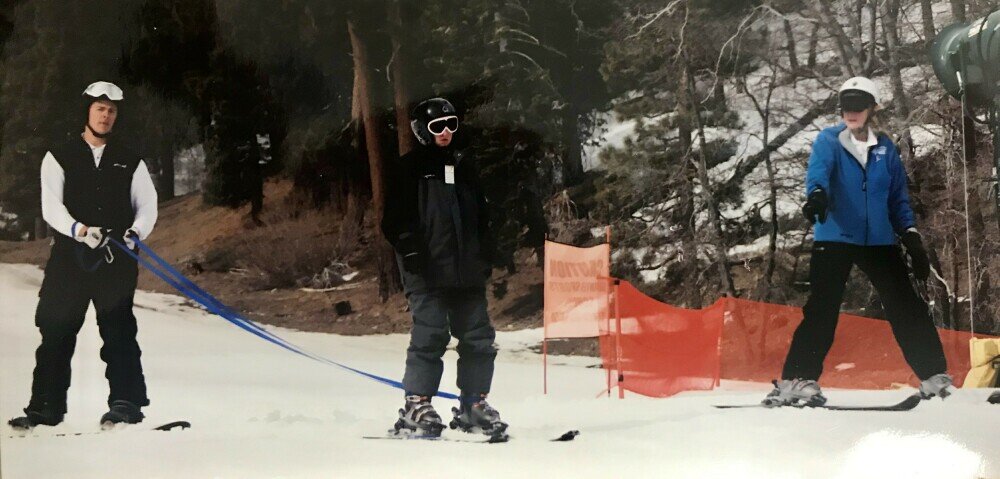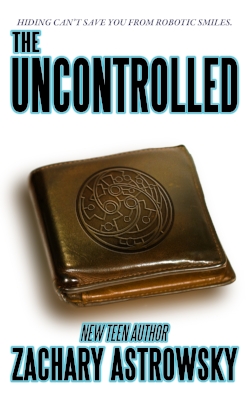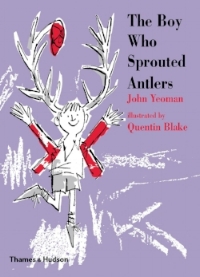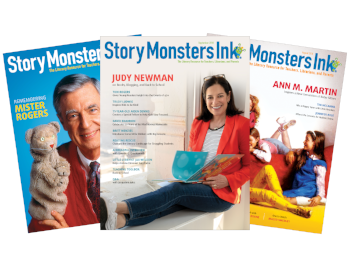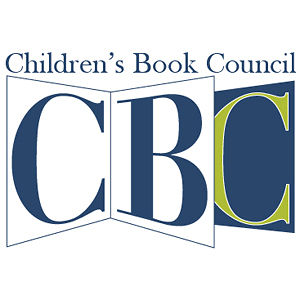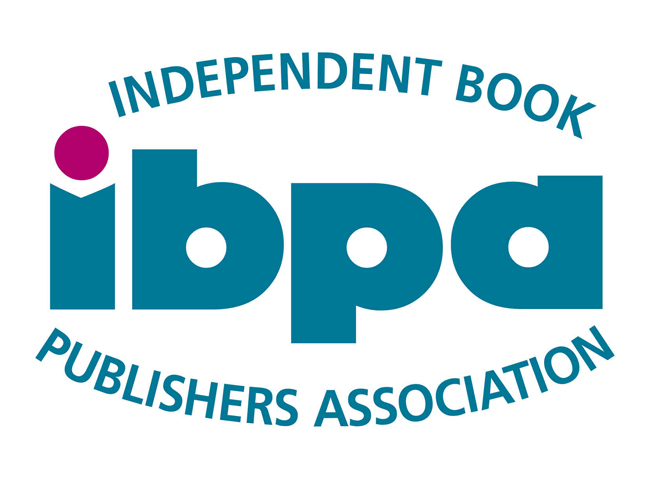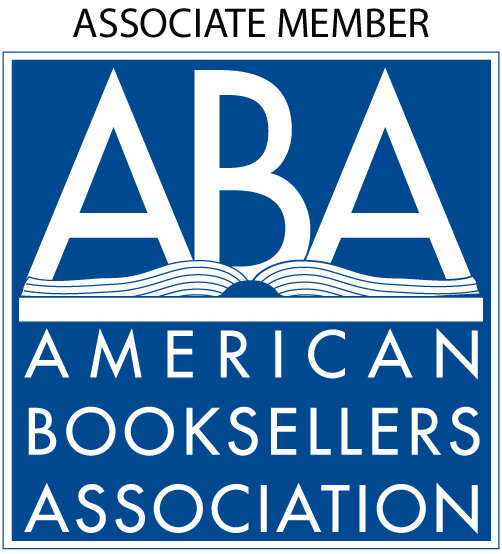A Special Classroom: Hitting the Slopes
/
by Dawn Menge, PhD
“Hey, Ms. Dawn, can you see me?” waved Amanda from atop her perch in the ski lift chair. Growing up in a small mountain community has its perks and its drawbacks. The biggest one would be that everyone knows you and everyone knows who your parents are. We had to move out of the city because I had asthma, and the doctor said it’s either the mountains or the beach. I started fifth grade in a very small school and we actually walked to school in the snow. But, every Wednesday we all left school and went to take ski lessons at our local ski hill. These lessons were built into the curriculum. The ski hill was owned by a local family and in the summers we worked there painting, moving hay, throwing rocks off of the ski runs and fixing the equipment. The younger children were assigned to the older workers. It felt like one huge family.
“It snowed last night! It’s a snow day and they’ve closed the roads. Let’s head for Holiday Hill to try out the new powder,” my best friend Debbie would call and off we’d go. Having the ski hill to ourselves was magical and only a small-town person would understand. As we grew older our social networking was on the ski hill. We could be found there on the weekends and at night after school. Most of us worked there at some point in our teenage years. I couldn’t ask for a better experience as a youth.
When I became a special education teacher for students with severe cognitive delays, teaching within the same schools that I, my children, and now my grandchildren attend, I wanted my students to experience the same kind of upbringing that I was fortunate to have. I applied through our medical funds to provide our students with adaptive ski Lessons at our local mountains. The purpose of these lessons are to build physical stamina, develop fine and gross motor skills, increase social interactions while integrating with the general population during a leisure activity, learn to follow directions from the instructors, and to have an amazing time building their self-esteem and confidence.
“Lynne Haile, the ski school director, states that many of the special needs students that are able to attend these lessons have a mindset change. ‘They begin to do more at home, and many parents see a positive change in their children.’” - Mountaineer progress, 2005. Each student would be assigned one or two instructors to spend the morning with them. All students were included from my class, and their skis were tethered to the instructors to provide extra support.
“Ms. Dawn, you always tell us we have to try something first to see if we like it. We tried snowboarding and we love it. Why don’t you try with us?” asked Joshua as he swished by me on his snowboard, throwing fresh powder onto my legs. Wanting to be a good example for my student, I tried snowboard lessons on our next trip. I was unsuccessful and only made it a few feet. Muscle memory for skiing and a bad knee from a car accident made it too hard for me to accomplish. “Great try Ms. Dawn. We’ll see you when we are done!” encouraged Randall as he jumped onto the ski lift to head back to the top.”
“Now, I can ski just like my brothers can!” said Brian proudly, as he did his famous pizza stop and slightly ran into my legs with his skis. “I’m getting hungry, when can we have lunch?” Brian took off his skis with his instructor’s help and headed towards the restaurant to order pizza.
Being in the very fortunate position of educating the same students as they transition through their educational career from elementary through the adult center, we had developed a special bond. My staff and I are very invested in their outcomes and work diligently to provide for them the very best that we can to ensure that they transition into adulthood with as many skills as we can offer. Parents who have special needs children have the daunting task of keeping their children safe and strong, but also having to let go and allow them to make mistakes and learn. It is a task that only a few can truly understand. The students became very skilled as the season progressed; they achieved new skills, physical fitness, assertiveness, made new friends and had a lot of fun.
Dawn Menge, PhD has won 29 national awards as the author of the Queen Vernita's Educational Series. As an educator, she holds a Master's and a Clear Credential in moderate/severe disabilities and a Bachelor's in human development. Dr. Menge has been teaching severely handicapped students for 16 years.

